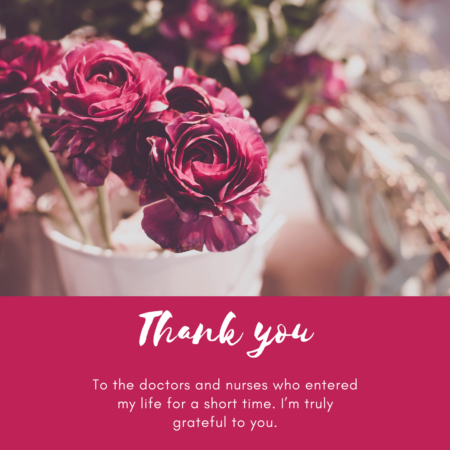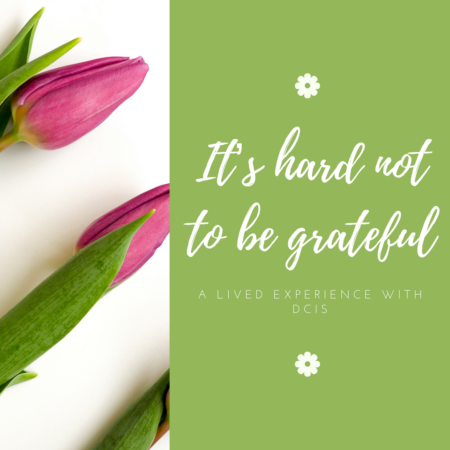I know a lot of you have been waiting to see how things have been progressing since my DCIS (ductal carcinoma in situ) breast diagnosis. I allowed myself the privacy to be in the lived experience from diagnosis to final results after surgery without talking about it online. This was my self-care formula and as most of you know I’m well-versed in this area being a support worker/counsellor. However, that didn’t make me immune to the emotional and physical journey I had to travel.
And what a journey it’s been. Even though I knew all the techniques to help with anxiety manifesting with a cancer diagnosis, trouble sleeping, snowballing worries, focusing on the worry of what will happen next and just plain restless, just to name a few, I wasn’t expecting to be confronted with them. Doesn’t matter how trained you are because it’s your mortality on the line and your thinking patterns change. You go from trained professional to the patient.
My mental health has been a focus for me throughout the experience. Good food (including water). I don’t drink much alcohol so that wasn’t an issue for me. Good sleep. Exercise. Great social support. I’m so grateful to my beautiful family and friends. Luckily for me, I could recognise any negative feelings I was having almost immediately and adjusted my thinking accordingly when I felt anxious. Lots of healthy breathing exercises. Mediation. I continued to exercise throughout the whole process, minus a few days after surgery. I don’t smoke so that was also helpful.
Well, I’ve had surgery. Phew! So glad that’s over. I have a very neat scar. Thank you to the fine female surgeon, Dr Liang. Thank you to the team at Beast Screening Queensland. Thank you to the professional service I received at Robina Hospital. And thank you to the lovely breast care nurses who see every breast cancer patient after every hospital appointment.
For those of you who are interested in the process of surgery. The surgeon performed a lumpectomy and tests are then undertaken on the tissue removed. They review the specimen and in my case the focal 4mm low to intermediate grade carcinoma in situ, had clear margins around it. So no invasive carcinoma identified. This is why early detection is so important.
So, where am I up to now? In the next week, I will have a discussion with a radiation oncologist about receiving radiation treatment for 3 to 6 weeks. And then a follow-up appointment and from then on yearly mammograms.




Connect With Me